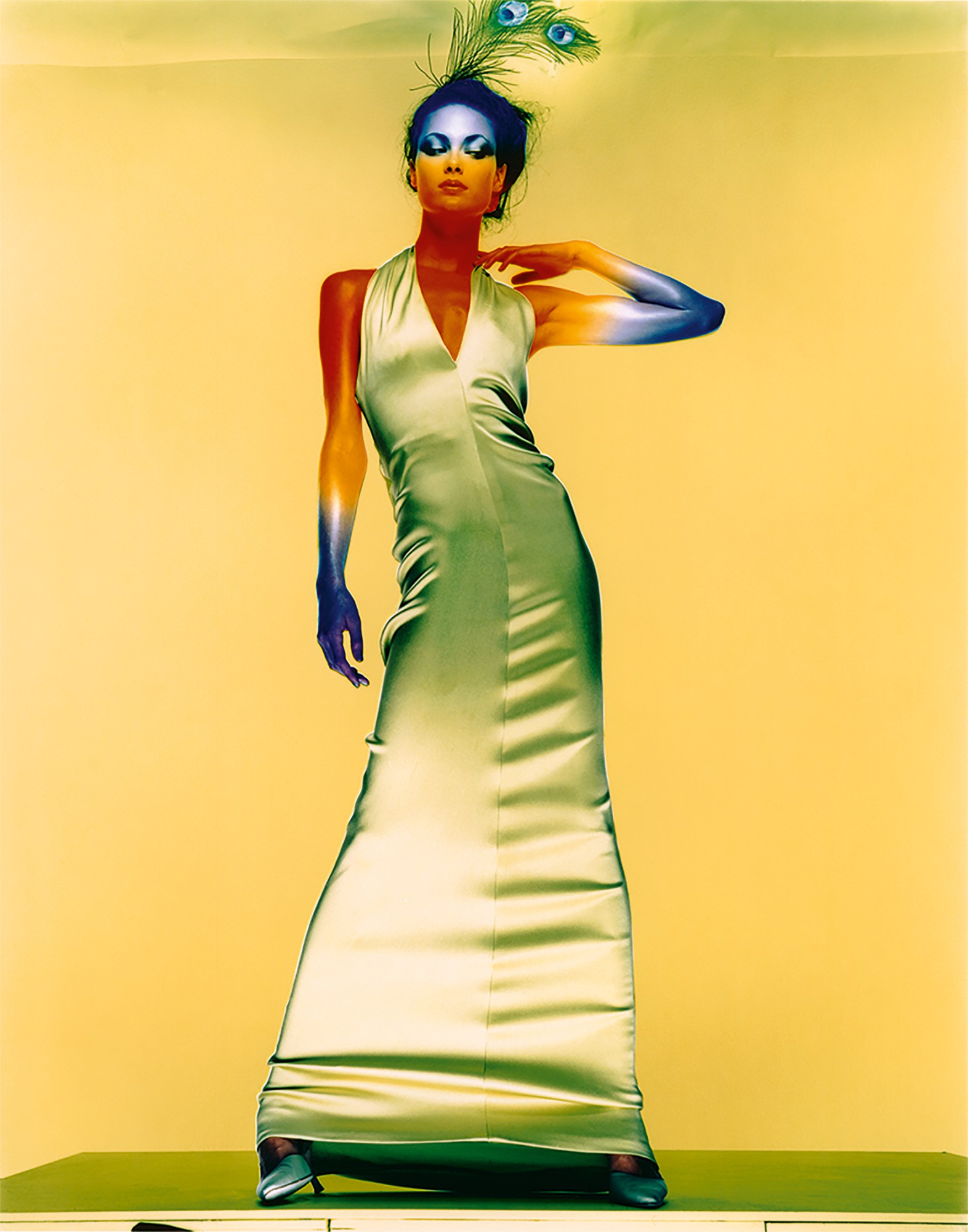A compelling fashion image is made-up of many different components. The photographer, the clothes stylist, the hair stylist, the make-up artist, the set designer, the producer, the casting agent, the model. And, if you’re shooting on film, that’s before you’ve even got the negatives back. When looking back at the most iconic imagery created over the last four decades — that of photographers like Nick Knight, Anton Corbijn, Andy Bettles, Glen Luchford — much of this artistry was also informed by the innovative techniques in printing employed by Brian Dowling, the owner of London’s most beloved darkroom, BDI.
Brian grew up around east London, the son of a maintenance manager on Fleet Street, who used to develop images in the family’s bathroom. Leaving school at 15, Brian quickly followed in his father’s footsteps to Fleet Street and found work in the photography department of the Press Association — a news agency that supplied imagery to national newspapers based in the area. In the following years, Brian became a master of printing, his career moving with growing developments in production, making the jump from black-and-white to colour photography and embracing the new possibilities it opened. By 1979, Brian was setting up his own independent commercial darkroom.

“I started BDI by hiring a darkroom at Charterhouse Square EC1 in a company called Publifoto,” Brian explains. “After three years a friend of mine, photographer Geoff Dann, asked me to share a building with him on Old Street.” In the early 80s, Old Street was the epicentre of London’s reprographic industry, printing imagery for much of the city’s media organisations. But Brian’s propensity to see beyond the image, and where it could be taken attracted the decade’s more creative image-makers and, in 1982, a young Nick Knight walked through BDI.
London was undergoing a creative revolution sparked, in part, by the birth of street style magazines like i-D. In 1985, Nick Knight got his big break with the “100 Portraits” feature in i-D’s fifth anniversary issue. “I think because of the work I was doing with Nick, Anton, Andy, Glen and so on, it became a hub for photographers who were looking for something a bit different and a bit more exciting with their work.”
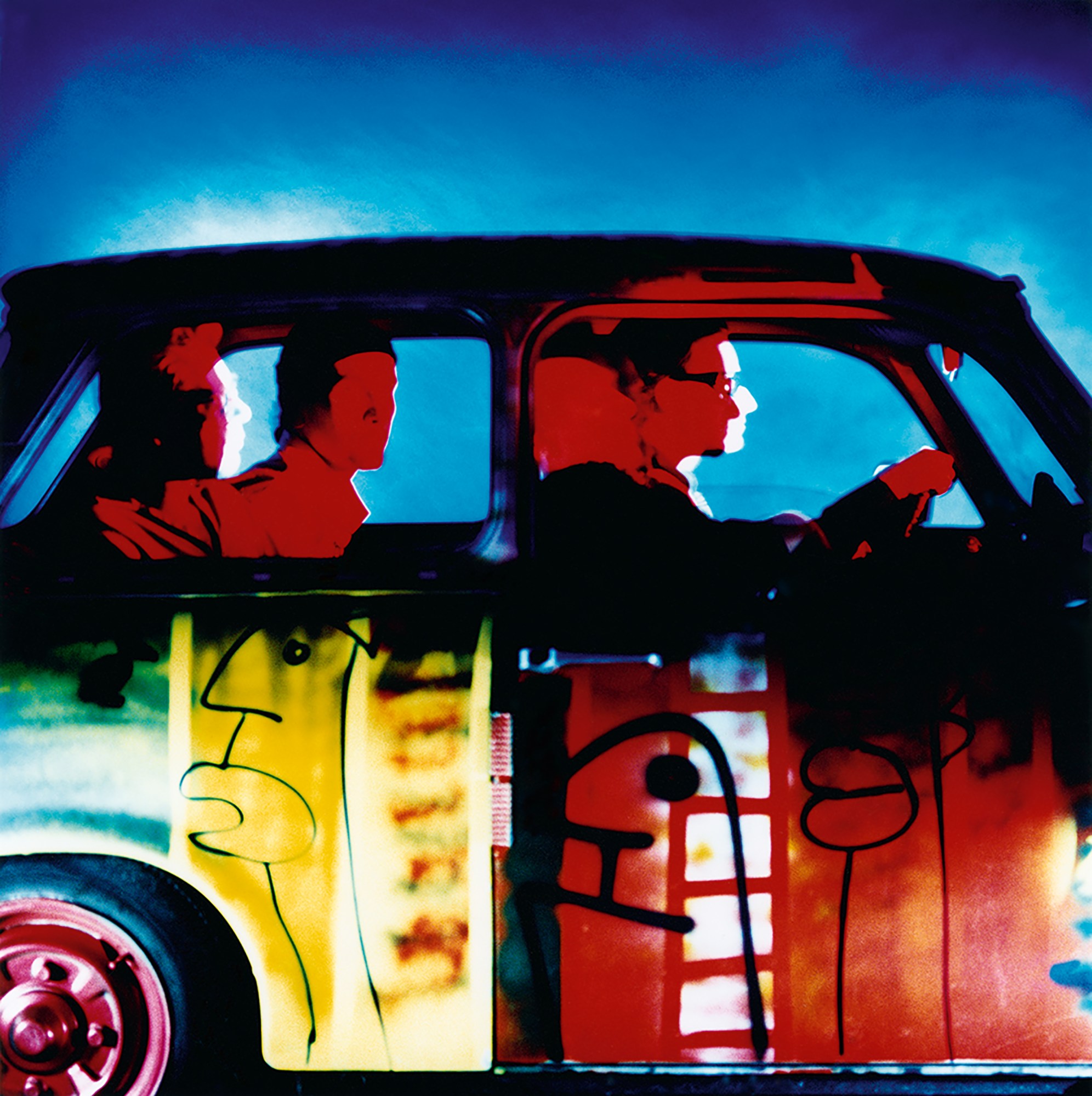
Bridging the gap between digital age that beckoned some years later and much of the traditional imagery being made at that time, Brian’s studio was the fashion laboratory where photographers played with radical new techniques in printing, pushing imagery into a direction it had never been pushed before. The language of photography and the depth and impact of an image could have were the product of Brian’s studio and his unrivalled understanding of the printing process. It wasn’t simply innovation, it was the inception of a new artistic frontier. “I was so lucky to work with Nick and Anton — both totally different photographers but, seeing their work first hand, It had a real effect on me. I was just following what the photographer wanted, and adding a bit extra and doing different variations for them to see.”
Today, the industry has changed monumentally, and as with many London’s most beloved cultural institutions, a forced rent increase from the local council meant BDI had to move to a new location, down the road in Clerkenwell. But Brian continues to work with the same people and provide the same service he always has. “The clientele hasn’t changed at BDI I still work for the same photographers I have always worked with for over 20 to 30 years plus. I also work with students to help them on their way.”
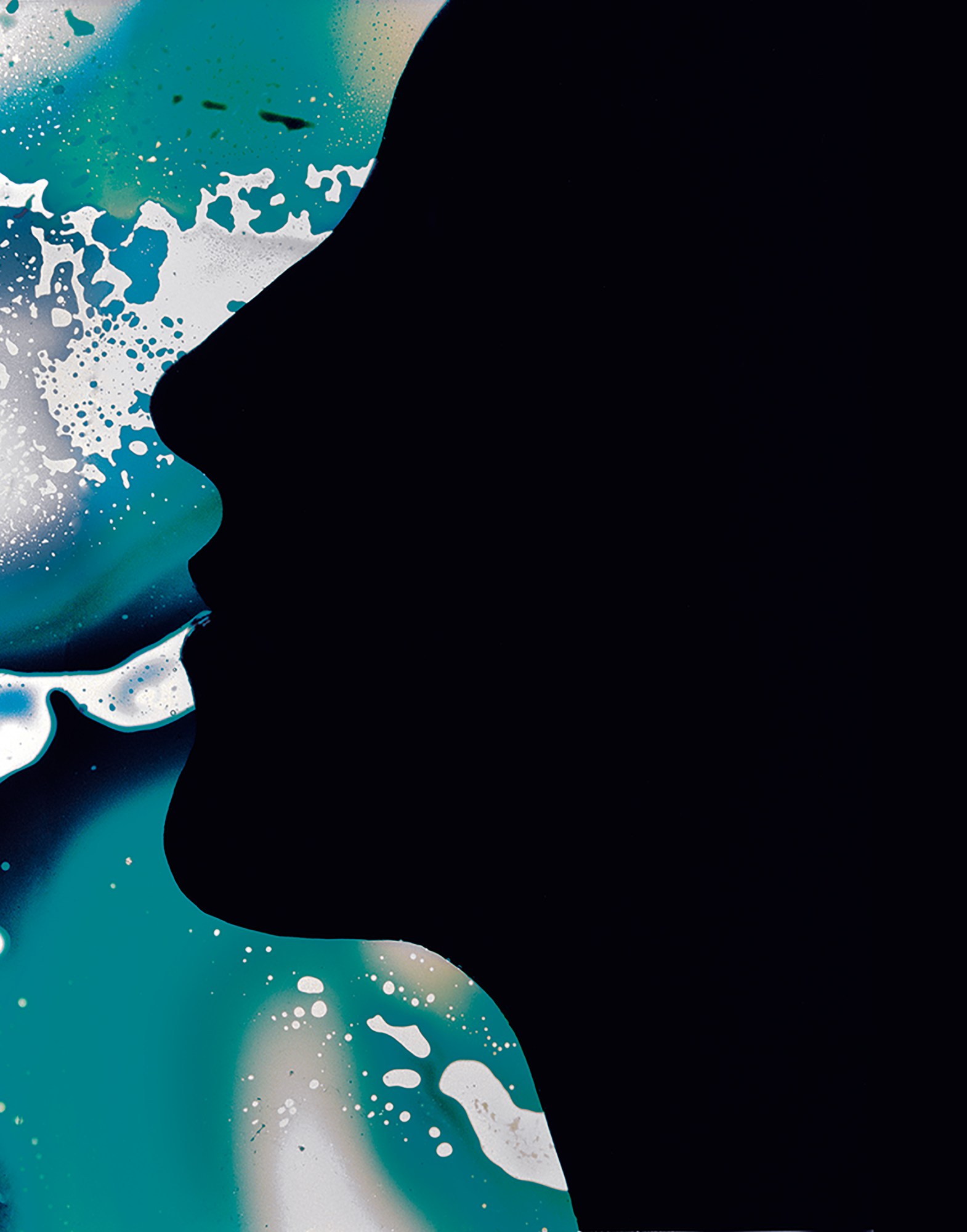
Now, bringing together the expansive body of imagery that’s come out of his studios, a new book — Fashion Image Revolution — chronicles a fascinating journey in fashion photography. “I have so many favourites but Nick’s Suzy Smoking and Anton’s U2 in a car shot are always something I look at with fond memories.” Inside, anecdotes and stories from many of Brian’s most beloved collaborators, are pasted alongside the images they made together. “Fashion photography doesn’t seem as exciting now as it did then, but I’m sure budgets have a lot to do with it, as the photographers don’t have the freedom to experiment like I used to. It’s all about how much it costs now, and not how good it can be.”
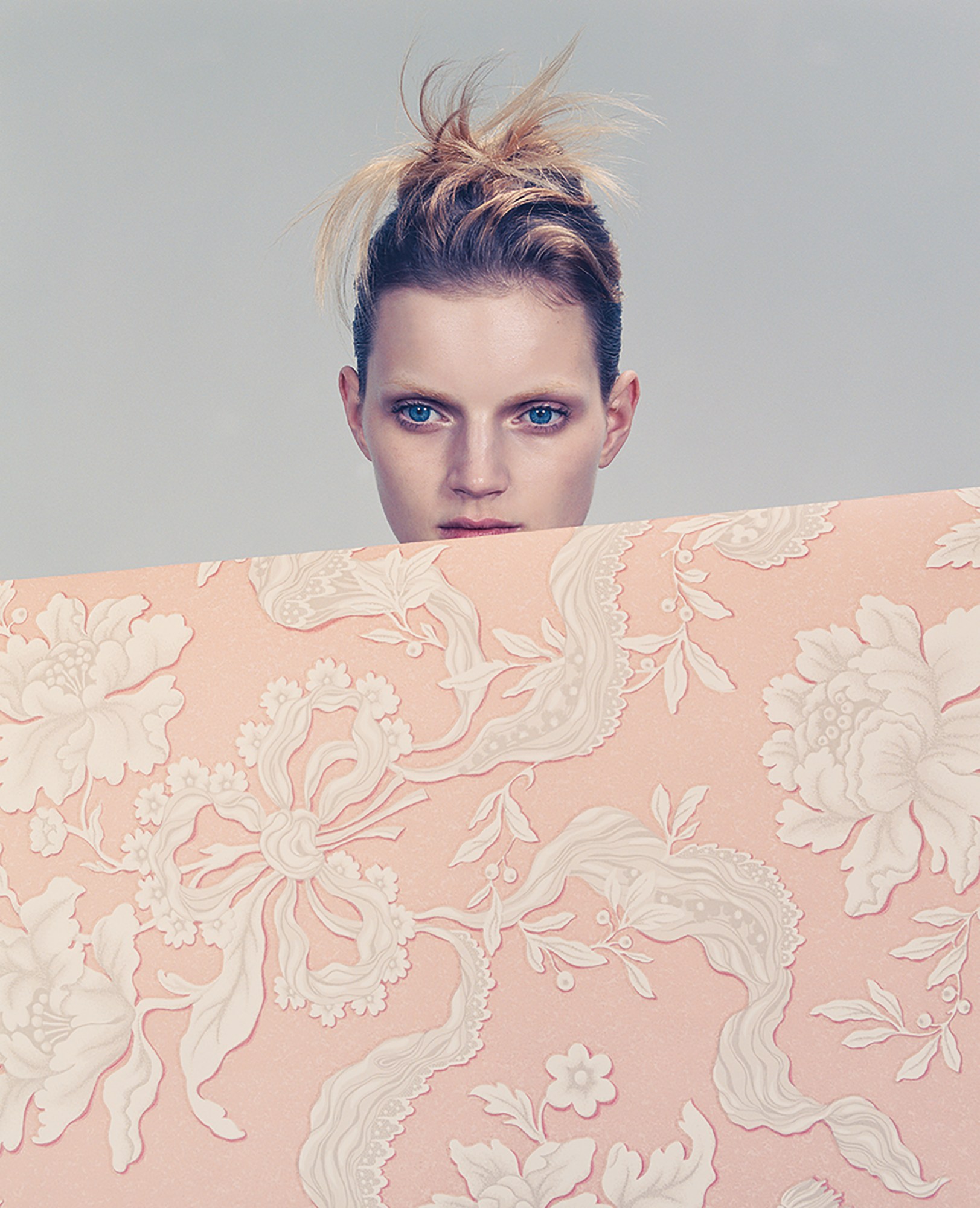
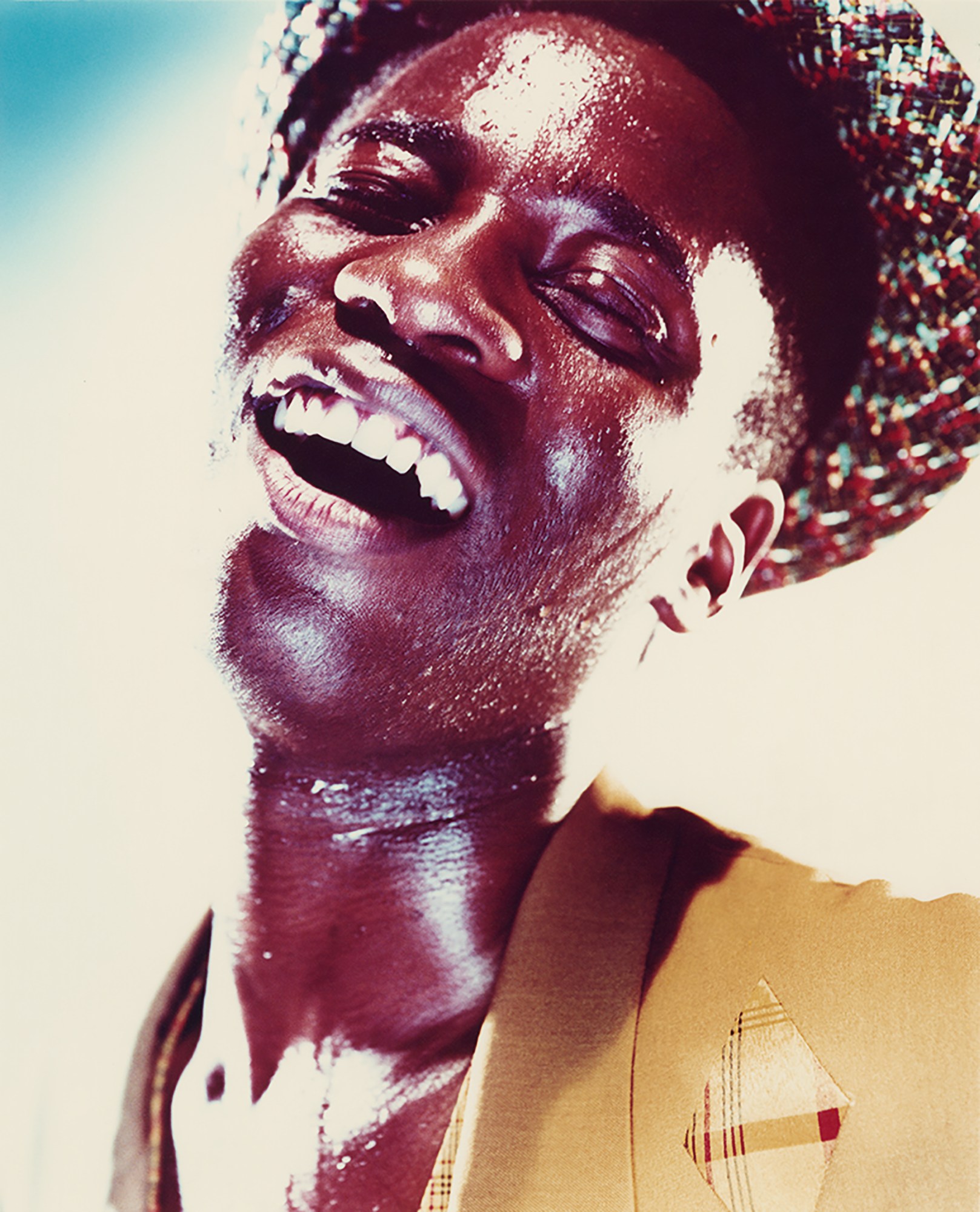
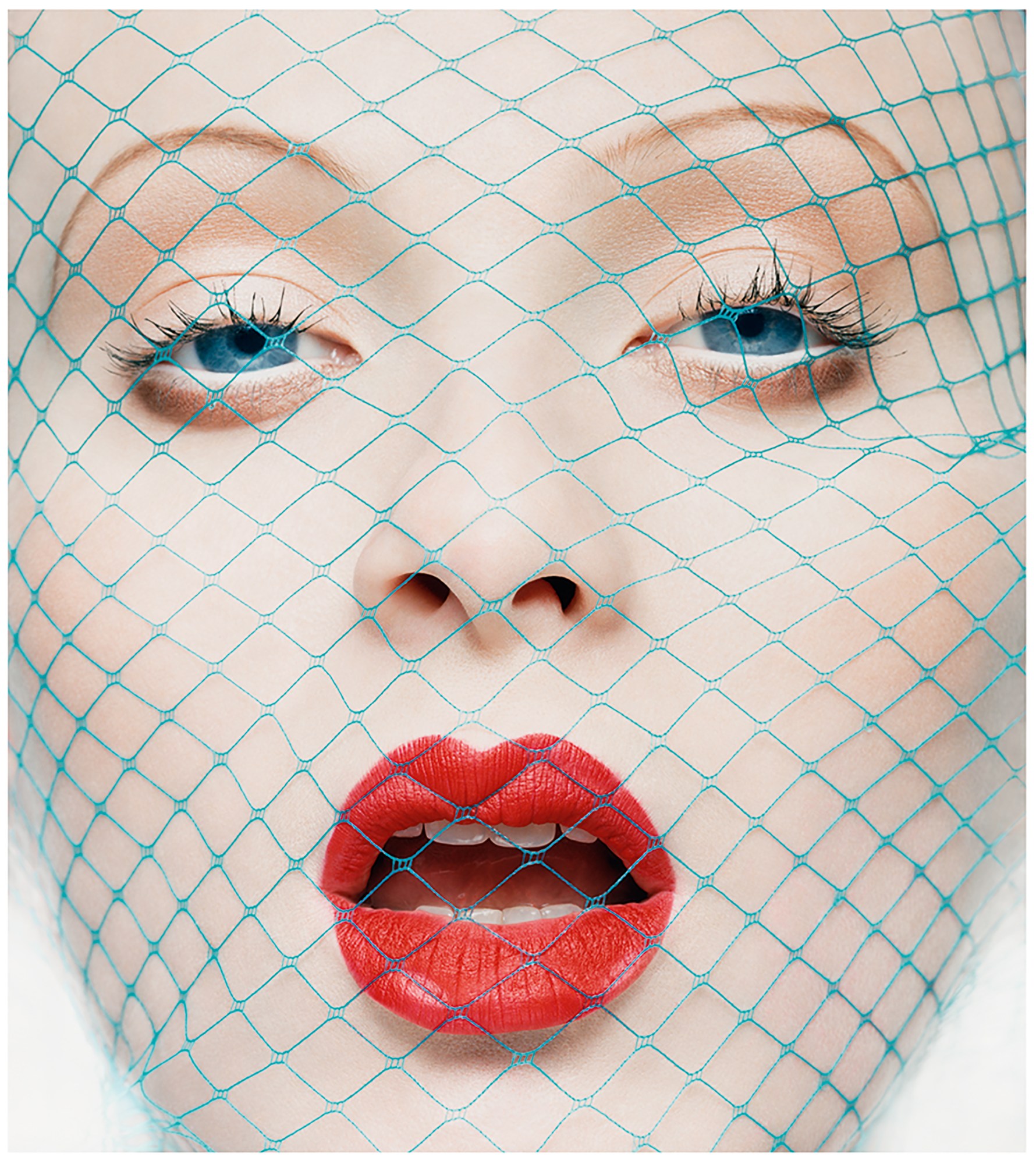
Fashion Image Revolution by Charlotte Cotton is available to buy here.
